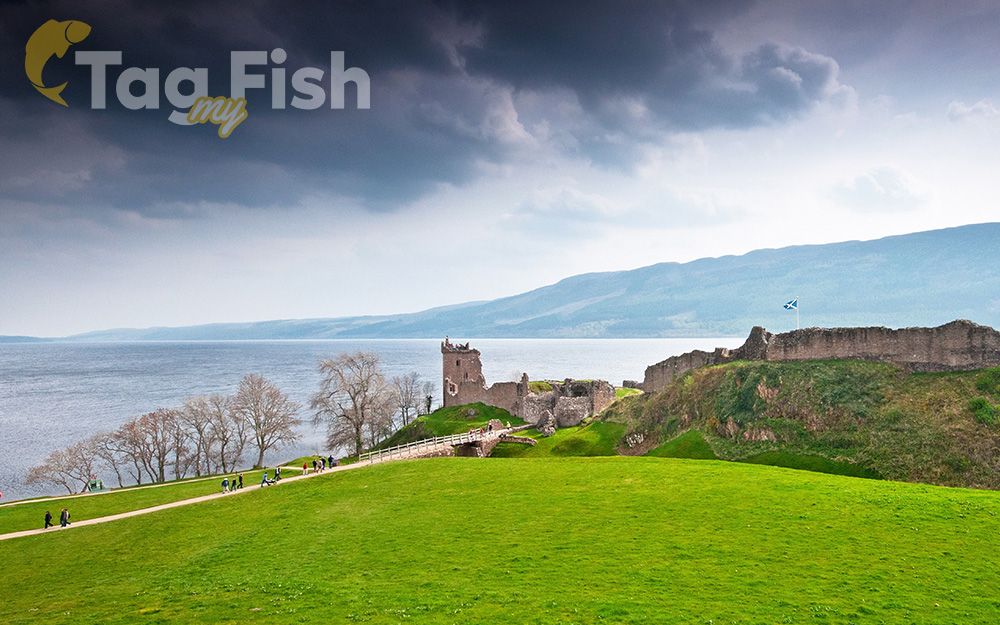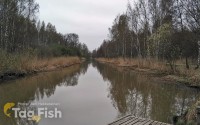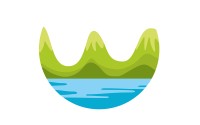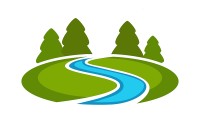Loch Ness

Largest tributaries
Loch Ness is a large natural lake in the Scottish Highlands extending for approximately 37 kilometres (23 miles) southwest of Inverness. It takes its name from the River Ness, which flows from the northern end.
Loch Ness is best known for claimed sightings of the cryptozoological Loch Ness Monster, also known affectionately as Nessie.
It is one of a series of interconnected, murky bodies of water in Scotland; its water visibility is exceptionally low due to the high peat content of the surrounding soil. The southern end connects to Loch Oich by the River Oich and a section of the Caledonian Canal. The northern end connects to Loch Dochfour via the River Ness, which then ultimately leads to the North Sea via the Moray Firth.
At 56 km2 (22 sq mi), Loch Ness is the second-largest Scottish loch by surface area after Loch Lomond, but due to its great depth it is the largest by volume in Great Britain.
Its deepest point is 230 metres (126 fathoms; 755 feet), making it the second deepest loch in Scotland after Loch Morar.
It contains more water than all the lakes in England and Wales combined, and is the largest body of water in the Great Glen, which runs from Inverness in the north to Fort William in the south.
Its surface is 16 metres (52 feet) above sea level.
It contains a single, artificial island named Cherry Island (Scottish Gaelic: Eilean Muireach) at the southwestern end.
There are nine villages around the loch, as well as Urquhart Castle; the village of Drumnadrochit contains a Loch Ness Centre and Exhibition.







